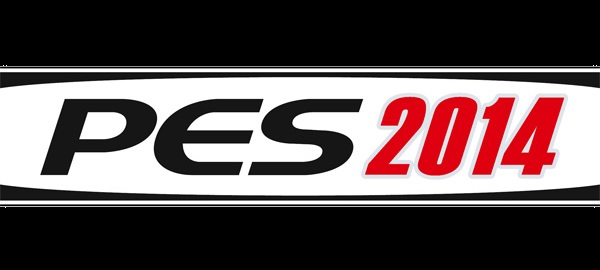The latest issue of EDGE has been sent to subscribers and thankfully, some of them have shared the first information about Konami’s upcoming soccer title. The good news is that the game is based on the FOX Engine, however it is considered now as a new engine due to Konami’s tweaks and enhancements. The game will use a new physics engine and collisions will be better than ever. Konami is aiming for photo-realistic graphics, and the game is built on three pillars. You can view below the first details, as well as the pillars. Let’s hope that the company will unveil more in the next couple of days or weeks. Special thanks to ‘Thomas’ for sending them via email.
Pro Evolution Soccer 2014 First Details:
– Engine based on FOX Engine
– Engine referred to as “new engine”
– New physics engine uses “Barycentre physics”
– Barycentre physics: different body parts have different weights
– Collisions are similar to FIFA
– Impact strength of collisions depend on which part of the body is hit
– Team is focusing on “photo-realism” for graphics
– One closeup of a Japanese player’s face in EDGE shows detailed skin pores and individual eyebrows
– Shirts are separate from the player models
– Shirts hang from the players and flow and get pulled when jostling
– Ball control radius in 3x bigger than current gen, providing more dynamic off-ball tussles while player’s legs try to get control of the ball
– Can set a player’s “zones”
– This allows you to have an individual player only be allowed to move in a small area of the pitch while defending
Pro Evolution Soccer 2014 – Three Pillars:
1. Barycentre Physics and Ball control
The new engine allows for a larger separation between player and ball – three time the radius of PES 2013, where tight ‘confrontation’ zones are used to make tackling easier. A striker will be able to throw his body weight in one direction and use his opposing foot to push the ball in the other way, leaving defenders off balance and buying space for a pass or shot. Players have specific centres of balance, calculated by locating their centre of gravity, or barycentre. You’ll be able to control your player’s weight shifts at all times and use practice touches to push the ball away from your feet. We see a wireframe demo with more natural animations and fluid transitions than FIFA 13. You control the player and the physics drives the animation, not vice versa. It’s hard to tell how this will transform the ‘feel’ of play, rather than just being admirable behind the scenes calculations, but there appears to be scope for a radical new control scheme – think of how Skate’s right-stick motions mimicked real-life movements by exploiting dynamic physics, and how they compared to the digital button taps of Tony Hawks Pro Skater. This could be a revelation in football game control.
2. Contact and Physicality
Konami has pinpointed this as a weakness in previous games, but now players can jostle for space – even without the ball present – for headers at corners, or to dominate a smaller opponent. You’ll be able to tug shirts (cloth is now separate from the player’s body and stretches) as well as elbow for room on the touchline. It works in tandem with the physics and precision control. Agile players can unbalance defenders with dropped shoulders or ball skills, and push the ball further ahead to exploit their acceleration. “Previously, body feints were more aesthetic,” admits Masuda. “Now they’re a key tactic.”
3. Squad Emulator
Formations remain essential for success, but now you can set ‘zones of play’ so your key players focus on certain tactics in mission-critical areas. For example, you can set your front line to focus on possession and probing for gaps in from of a deep-lying defence. In theory, you’ll be able to recognise your favourite teams pattern of play within a few minutes. The emphasis on defending and shape should allow weaker teams to create effective strategies, such as when Celtic beat Barcelona in the Champions League by defending deep, buoyed up by the home crowd.

John is the founder and Editor in Chief at DSOGaming. He is a PC gaming fan and highly supports the modding and indie communities. Before creating DSOGaming, John worked on numerous gaming websites. While he is a die-hard PC gamer, his gaming roots can be found on consoles. John loved – and still does – the 16-bit consoles, and considers SNES to be one of the best consoles. Still, the PC platform won him over consoles. That was mainly due to 3DFX and its iconic dedicated 3D accelerator graphics card, Voodoo 2. John has also written a higher degree thesis on the “The Evolution of PC graphics cards.”
Contact: Email

